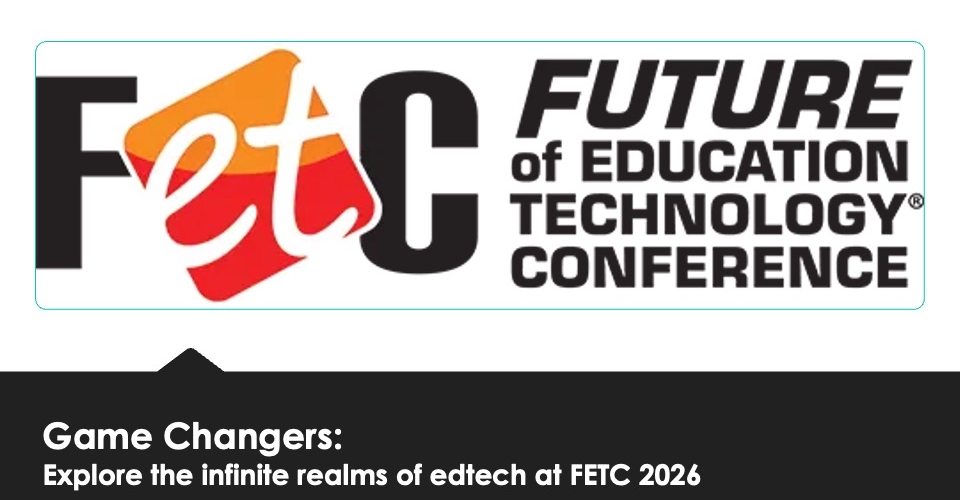Let’s face it, many students are using ChatGPT to help them write.
That doesn’t mean we should give up on teaching writing. It means we have an opportunity to teach it even better.
Writing is both a classroom skill and a critical thinking skill. Students write to communicate, process, clarify and create. In a world where generative AI tools can churn out pages of text in seconds, it’s the ability to think critically, organize ideas and express them with purpose that sets humans—and thereby students—apart.
Strong writing instruction builds those skills and teaches students to treat AI as a springboard rather than a shortcut—one they can question, challenge and build on with original thinking.
The human advantage
ChatGPT and other large language models are predictive engines. They assemble text based on patterns from existing content, but they can’t produce original ideas, convey lived experiences or express authentic voice.
That’s the distinction educators must keep front and center. When students write, the process goes beyond demonstrating what they know and how well they can articulate it.
It’s a practice that helps them clarify ideas, test arguments and connect disparate thoughts with context.
Students who bring cognitive and creative rigor to their interactions with AI will be better equipped to assess its output, use it wisely, and recognize when it misses the mark. In an era where AI is ubiquitous, that’s a powerful advantage.
A research-based blueprint
Fortunately, we already have a roadmap for how to teach writing well.
The science of writing—research built from decades of cognitive science and linguistics study—offers clear, evidence-based guidance on how writing develops and how to teach it effectively.
It outlines core elements students need: transcription fluency, syntax and grammar, vocabulary development, executive functioning, content knowledge and structured processes such as planning and revision.
Just as importantly, the science of writing emphasizes purposeful, well-sequenced teaching of those elements. Through it, we know that students benefit most when grammar and syntax are embedded in context and when the full writing process, from drafting to reflection, is explicitly supported in the classroom.
These same methods can even guide how students engage with AI, allowing effective writing instruction and innovative tools to reinforce one another. For example, students working on narrative writing could use an AI-powered platform that prompts them to revise dialogue based on how punctuation shapes voice; guides them through each stage from brainstorming to final edits; and provides mentor text comparisons that highlight the difference between their own voice and AI-generated patterns.
This sort of approach ensures AI strengthens critical thinking throughout the writing process instead of replacing it.
Real-world momentum
Several schools, districts and states have recognized this, embedding writing instruction more intentionally across the curriculum. Illinois, for example, has identified writing as a key component in its Comprehensive Literacy Plan, codifying practices for integrating it at each developmental stage.
Many classrooms, from rural Oregon to the Netherlands, are taking it a step further, actively integrating curriculum that intertwines writing instruction with AI literacy.
The throughline in these efforts is clear; rather than being sidelined by technology, writing is being reasserted as a meaningful skill for all postsecondary pathways, from college to career.
Giving students their edge
Writing builds thinkers, not just users. Despite generative AI becoming more embedded in students’ lives, writing instruction isn’t going away—it’s evolving, and only becoming more essential.
AI can do a lot, but students will need to bring what only humans can. Prioritizing the intentional teaching of writing helps get them there, ensuring that in a world full of generated content, students still know how to develop ideas worth sharing.
AI may be a tool that can help students move faster, work cleaner or compose more. But if we want students to shape the future, we need to ensure they learn how to write the story themselves.



